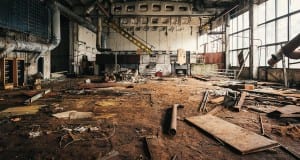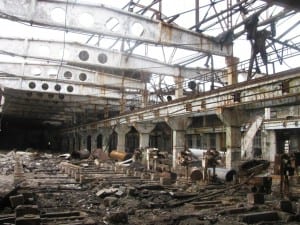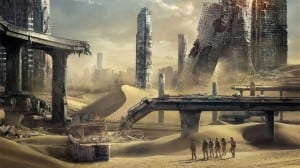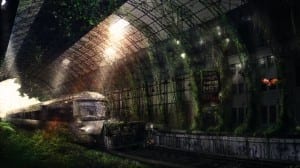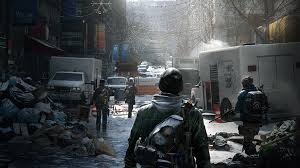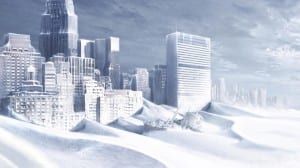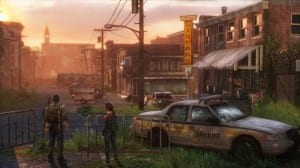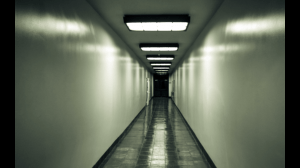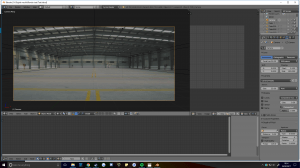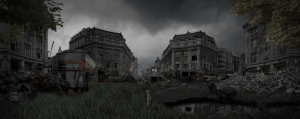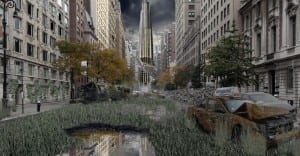Escape Studios
Escape studios is an established organisation that specialises in training students to develop their VFX skills. By using software such as Maya, Nuke or Haudini allows the students to create realistic 3D environments and other VFX sequences. So after reviewing some of many of the showreels that Escape studios has posted on Facebook, I realised and reflected what I wanted to achieve in my project.
A showreel created by Carlos Florez has compiled an environment of a deserted environment but added a handful of features to create the scene. By adding elements such as rocks, debris and abandoned buildings help create an effective desolated landscape. The breakdown that Carlos included at the end of the video shows how he used 3D camera mapping and 3D tracking to create this scene. He also utilised a camera pan to create a more cinematic experience as the features adjust accordingly to achieve a more realistic landscape.
Walter How is another VFX practitioner who achieved what I believe is a successful showreel in terms of a technical aspect and creativity. Within this showreel, Walter has included a collapsing building that has taken into account the partial effects, lighting and perspective to achieve a realistic sequence. During the breakdown of the scene, shows the different types of software he used such as Nuke and Maya to create this scene. Each of the used software specialises in different areas of effects such as smoke, particles and camera tracking so by being well rehearsed in these areas will have this technical workflow that utilises the strengths of each software however it will be time consuming to create a sequence of this level of detail.
So in relation to my project, I want to follow the same workflow as Walter however that would mean I will have to learn a range of software that has a steep learning curve and that will consume a significant amount of time. Therefore, I will have to try and achieve the same destructive effect through Blender, which is fortunately capable of constructing but will not be as detailed as Walter’s example. So how I will begin this process by researching the destructive capabilities and the 3D camera tracking Blender has to offer and apply it to footage I have recorded to familiarise and test how well it works.
